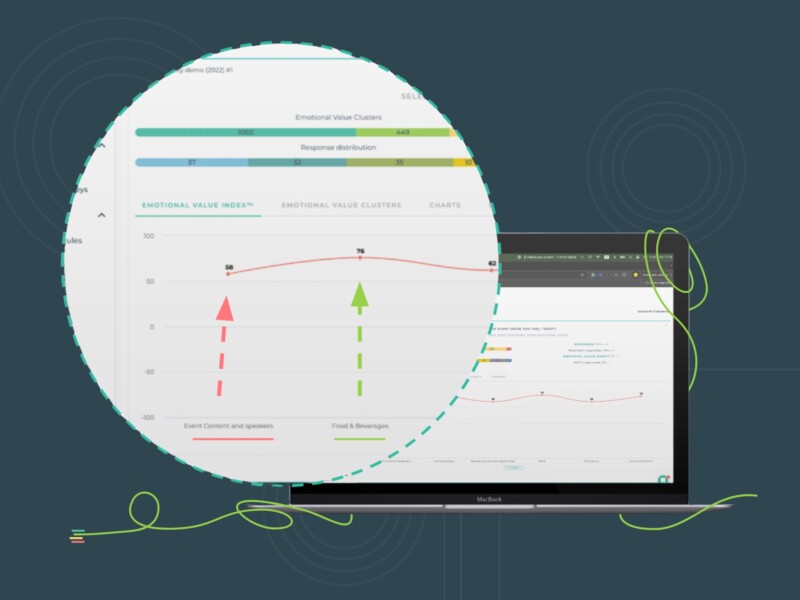Published: May 2023
Postal services remain a crucial part of daily life, from remote villages to urban metropolises. Yet, while the logistics have evolved, customer experience (CX) often lags behind. This is particularly true in public-facing institutions like national post offices, where legacy systems, inconsistent service quality, and digital inertia continue to frustrate customers. In this article, we explore five of the most common CX pitfalls in the postal sector and propose practical ways to address them, backed by research, results, and emotional insight.
1. Invisibility of Feedback Loops
Issue: Many postal operators collect feedback, but few close the loop. Customers share their opinions only to feel ignored.
Example: A 2022 CX study by Accenture found that 74% of customers are more loyal to companies that respond to feedback. However, in a secret shopper audit of 10 EU postal services, fewer than 20% visibly acted on feedback within a month.
Fix: Set up automated acknowledgment systems and make feedback-driven changes visible. Sharing “You said, we did” examples at post offices or digitally can dramatically improve trust. Feedback loops don’t just create efficiency—they build emotional connections that customers remember.
2. Friction-Heavy Feedback Channels
Issue: QR codes on parcels? Long URLs on receipts? Many postal services deploy feedback channels that are poorly placed or hard to use.
Example: Lietuvos Paštas piloted QR code stickers on parcels in 2022, but reported a response rate of less than 0.01%. Customers either missed them or didn’t care.
Fix: Use intuitive, context-aware feedback entry points. Posters inside post offices with simple messaging, NFC tap-points, or integrated self-service terminals can increase conversion. QR codes can work, but their placement, size, and call-to-action messaging need to be smart. Even more effective, however, is sending an SMS or email shortly after the customer’s visit. Our research shows that when feedback links are delivered within 24 hours of the interaction, response rates improve by up to 312%.
3. One-Size-Fits-None Surveys
Issue: Using the same generic survey for both urban and rural branches leads to irrelevant results
Example: In a multichannel CX analysis by Feedbackly, personalization increased response quality by 62%. Yet many postal agencies treat all branches alike, ignoring major differences in demographics, use cases, and service expectations.
Fix: Segment surveys by region, service type, or customer persona. Make it short, meaningful, and emotionally relevant. Most importantly, go beyond simple metrics like CSAT and NPS. The Emotional Value Index (EVI®), developed by Feedbackly, measures how customers truly feel, not just what they think. Our data consistently shows that EVI scores correlate more closely with long-term loyalty and revenue than traditional satisfaction metrics.
Emotional experience is often the missing link in public services. A customer who feels cared for, respected, or heard is far more likely to return and recommend—even if their package arrives a day late. That’s the EVI difference.

4. Staff Buy-In Is Missing
Issue: Employees view CX tools as management surveillance rather than customer empowerment.
Example: One Baltic post operator noted internal pushback when deploying feedback kiosks. Employees feared fake reviews from colleagues or punitive measures from management.
Fix: Train staff on the value of feedback, not just as a KPI, but as a tool to improve workflows. Empower branches with local dashboards so employees see how they’re doing. Use emotional intelligence in communication: show how happy customers lead to a less stressful, more positive workplace. Celebrate good feedback locally. And where appropriate, tie customer feedback scores to positive reinforcement rather than fear-based accountability.
5. Feedback Without Follow-Through
Issue: Insights are gathered but not acted upon. Data sits in silos or dies in quarterly reports.
Example: A McKinsey postal transformation report (2021) cited lack of agility as a core issue: over 50% of CX insights in public service institutions were never implemented.
Fix: Appoint a CX champion in each region. Use tools like Feedbackly IQ to generate weekly summaries and action items from open-text feedback. Move from analysis paralysis to continuous iteration. Add automated sentiment summaries and AI-based recommendations. Make insight the first step, not the final destination.
Bonus Insight: Motivation Through Incentives Works Wonders
Customers are busy and often apathetic about feedback. But that can be changed with a little emotional nudge. Studies by Escher Group and Feedbackly show that offering a tangible incentive (even something as simple as entry to a raffle) can double or triple feedback conversion rates.
At Feedbackly, we’ve seen pilot programs in which customers who submitted feedback were automatically entered into monthly prize draws. Not only did this boost feedback volume, but it also attracted richer, more thoughtful open-text responses. For institutions like Lietuvos Paštas, this could be a low-cost, high-impact way to energize customer input.
Conclusion: Delivery Isn’t Enough
In today’s experience economy, delivering a parcel on time is no longer enough. Postal services must deliver emotions, trust, and ease at scale. That means meeting customers where they are, asking for feedback on their terms, and responding with action.
The good news? Even incremental improvements to CX in postal settings can lead to major gains in loyalty and operational efficiency. By investing in emotional metrics like EVI®, smart feedback collection through QR codes and timely messages, and incentive-based engagement, postal operators can transform the perception of public services—from bureaucratic to beloved.
For organizations like Lietuvos Paštas, embracing scalable, smart, and human-centric CX practices could be the difference between becoming a public hero or a bureaucratic footnote.
Sources & Inspiration:
- McKinsey & Company, “Reinventing the Post Office for the Digital Age” (2021)
- Accenture CX Benchmarking Report (2022)
- UPU Postal Development Report (2021)
- Escher Group, “The Customer-Centric Post” (2022)
- Ipsos Study on Postal Customer Service (2020)
- Feedbackly Customer Benchmark Data (2022)
- Lithuanian Post Internal Feedback Summary (confidential data referenced anonymized)
- Deloitte Public Sector Experience Index (2022)
- Harvard Business Review, “What Emotionally Intelligent CX Looks Like” (2022)
Originally published in May 2023 for Feedbackly’s CX insights blog.



